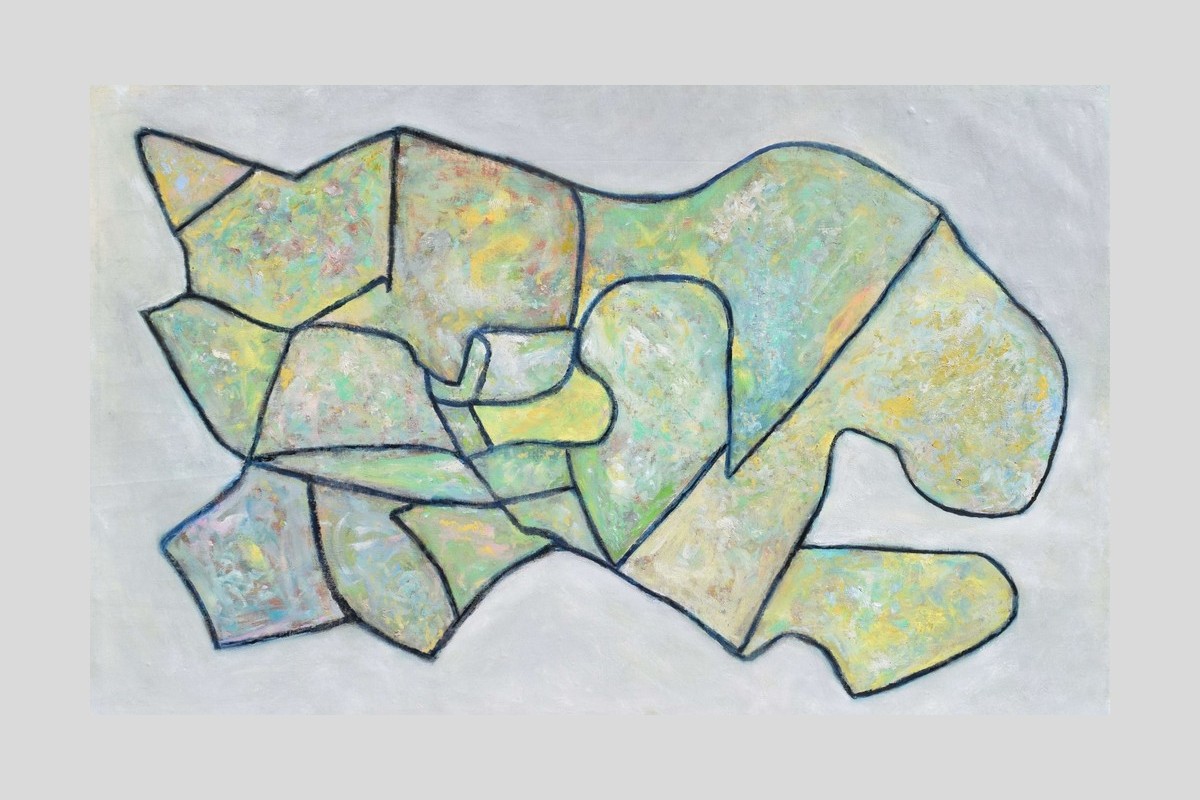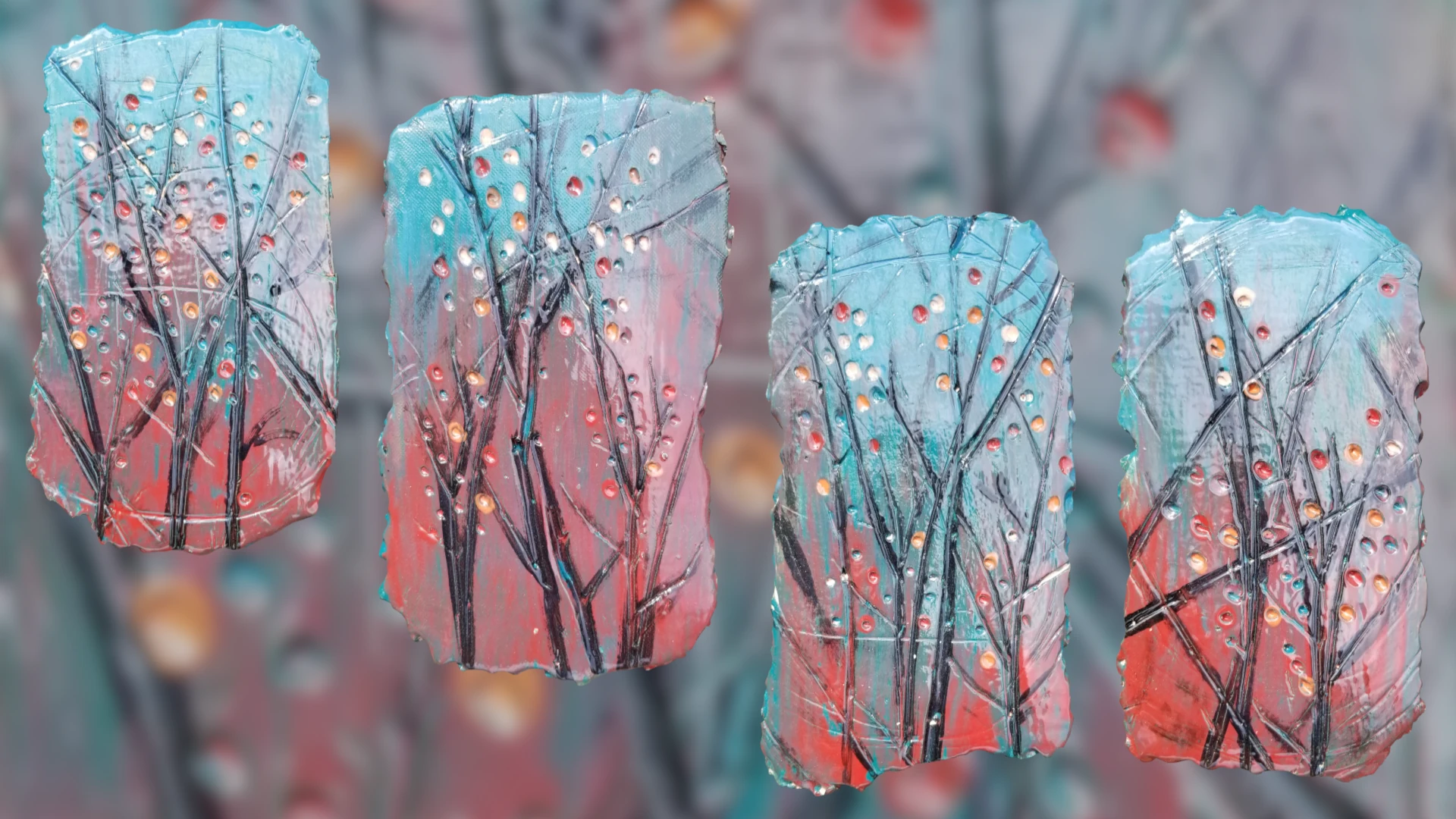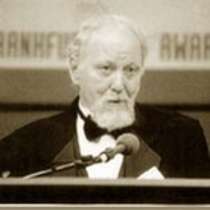“He seeks to represent a didactic response to conceptual perception, preferring to represent color as an alternative to concept rather than as a denial of form.” WTF?
The painting presented might be pink marshmallows with toothpicks and ribbons. We, the public, are told that we should weep when viewing a Rothko, that Pollock had such control of his “drip” and that we are to understand the statement of intent and connect it to these pink marshmallows. The pink marshmallows may be really good art and it may remind you of that pink chiffon blouse that your Aunt Mabel wore and you buy the art. When you show it to your friends, do you mention a didactic response or Aunt Mabel? Whose “meaning” for the painting is more valid, yours or that of the artist? Which is more interesting, the realization of intent or the magic of individual perception?
When we view the cave art from 35,000 years ago, we discuss and guess the intent but we celebrate the wonderful realization of the art and perception. What was the intent of Michelangelo’s David, the Mona Lisa? Those artists didn’t have to write one. The intent may have been evident in the art. We are left to determine what is said by more concrete evidence in the art than today. The Impressionists didn’t have to say anything, the Cubists were quiet. Even Marcel Duchamp didn’t have to say, “I declare this urinal to be art.” Words were written by others. The artist just put it in front of you and the newspaper would decode the intent.
Modern Art seems to require a resume and words that let us know that the artist has taken a journey we don’t quite understand. Left alone in the museum, we’ll gravitate on our own based upon perception and not intent.
When I visited the Louvre as a young serviceman, I didn’t know what I was seeing. It seemed to my green uneducated eyes that a lot of churches in the past seemed to want a picture of the Crucifixion. All seemed to have the same intent. When your intent is to paint the king, your intent is to please the king. The impressionists also seemed to have the same impressionist intent, to represent the moment. When the art is a radical departure, it needs no statement.
So why is the statement of intent so important today in the art world? The importance of words is right here on this modern page. Art has always been about the words, the discussion. Visit an opening and it feels like a bunch of people standing around talking. It’s not that the art is secondary but modern art needs the words. Duchamp’s urinal is no longer a urinal. It’s art because he said it was, the gallery owner let him say it and the paper wrote about it. The public is informed and educated with words.
Is it the art or the words? The first words on the art are the name of the artist. In that regard, it’s the words. Without the right words there, the statement of intent is for the gallery owner. “Here is what I was going for” and here is my resume. Art has become a job for which we apply.
If we make it, the words tell the public when to weep.
__________________________________________________________________________________________

David Michael Jackson is the Publisher of Artvilla and other websites. He’s a poet, a musician and outsider artist. “I write a poem when the blog needs one. It’s like getting on the road without a destination. The poem seems to go somewhere on its own. I like to paint with no intent other than to put paint on the canvas. The next day, I’ll change it without knowing why except that it’s not “there”. If I’m my only customer I want to discover something or at least go looking . My latest abstract is Painting with No Up or Down. It’s up to you what it means.”





